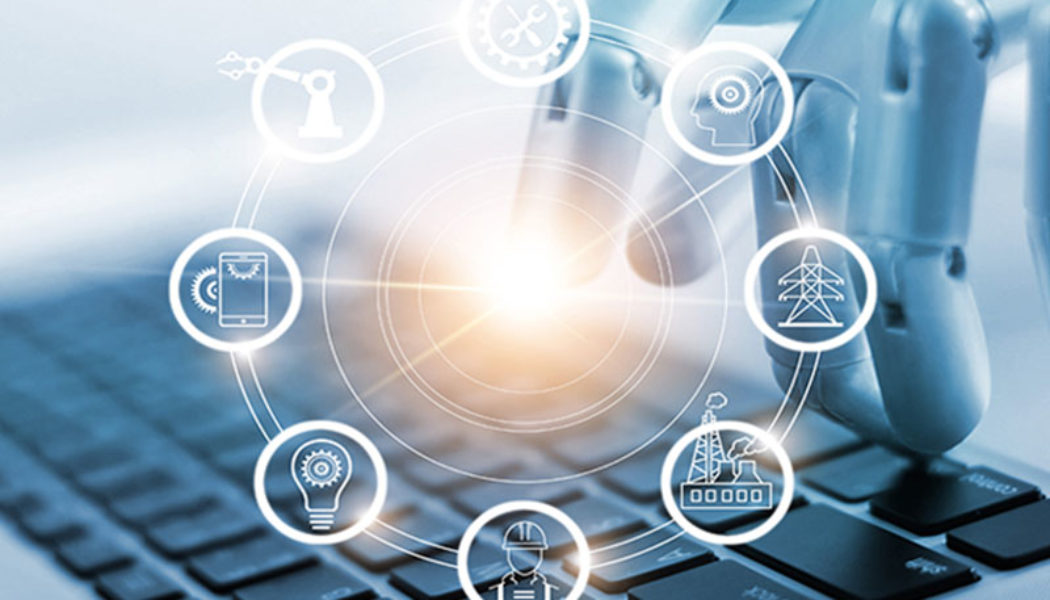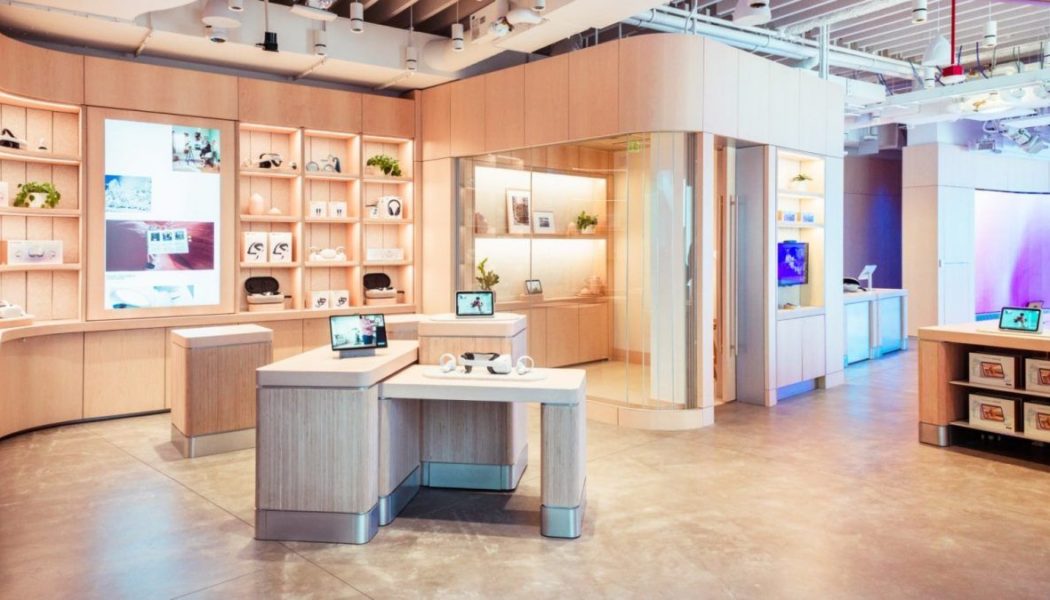IT
HMI – How People, Processes and Technology Work Together
When embarking on an industrial digitisation project, it’s important to consider how people, processes, and technology will work together. These three considerations are integrated in a somewhat symbiotic manner, which is why each should function optimally and compliment the other. A good example is IIoT; the technology promises secure access to a lot of data but is this data providing the right insight to people as opposed to burying them under a heap of information? Also, how do you ensure insights are delivered to workers whenever and wherever they need them, such as on the plant floor where they are working around production equipment. HMIs and Industrial Automation Enter Human-Machine Interfaces (HMIs); a technology developed to replace hard-wired pushbuttons and indicator lights with...
Why Organisations Need to Invest in Digital, Customer-Facing Technology
Image sourced from www.emediait.com Over the past two years, Chief Information Officers (CIOs) and senior IT executives have largely focused their efforts on digital transformation. This is mostly because COVID-19 forced organisations to expedite planned and unplanned re-engineering of their IT environments to fulfil the digital marketplace’s ever-increasing demand. While the top issues for IT departments have traditionally been (and continue to be) digital transformation, cybersecurity, data compliance, and cloud migration, customer experience has also become a top priority. This highlights the necessity to maintain a customer-centric mindset during digital transformation efforts, to increase customer retention, encourage repeat business, and grow revenue. Customer-centric digital transfo...























